Adolphe Beaufrère (1876-1960). Adolphe Beaufrère, a painter and engraver from the Pont-Aven School, was born in Quimperlé and grew up among shopkeepers. At the age of twenty-one he entered the École des Beaux-Arts and attended the studios of Gustave Moreau and then Fernand Cormon, perfecting his drawing skills and applying himself to the rigours of engraving!
In 1898, his first exhibition at the Paris Salon reflected his stays in Pont Aven and Le Pouldu, where he painted from life. From then until the end of the 1940s, he regularly exhibited his engravings and canvases at the major Parisian salons.
One experience was to leave its mark on his style and his passion for colour, after he won a competition organised by the Ministry of Fine Arts in 1911, for which he travelled for two years. He lived in Algeria at the Villa Abd-el-Tif, a small palace in the Algerian countryside that housed artists from metropolitan France. From there, he criss-crossed the Algerian coast and countryside, producing a great deal of work in gouache and pastel. He travelled to Italy and Spain and often returned to North Africa.
1920 was the start of his fame, and his engravings were distributed by the famous Sagot-Le Garrec gallery in Paris and the Conalghi gallery in London. Adolphe Beaufrère roamed the coast between Audierne and Larmor-Plage, where he had settled in 1922. Accustomed to country lanes and coastal paths, usually travelled by bicycle, Adolphe Beaufrère has a profound knowledge of nature. His favourite subjects were estuaries, rivers and seaside landscapes, but he also painted views of the argoat, farms and the work of peasants. In countless of his works, he gave the tree a major role, portraying strength, height, protection and nature in its purest form. The painter went straight to the essentials, incorporating the teachings of the synthesising movement created by Gauguin. The flat areas of colour build up his paintings and give shape to his compositions.
His work can be seen in many French and Algerian museums.

















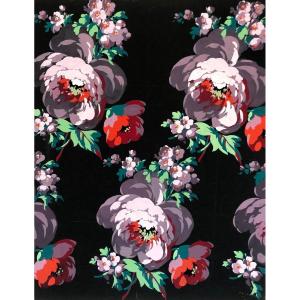
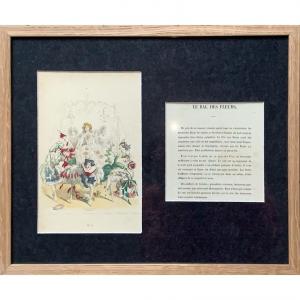


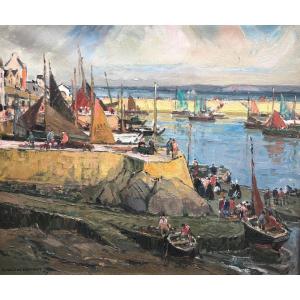

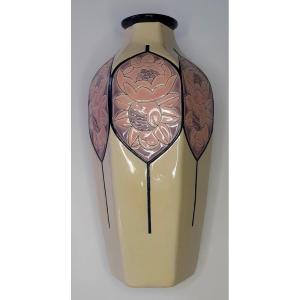
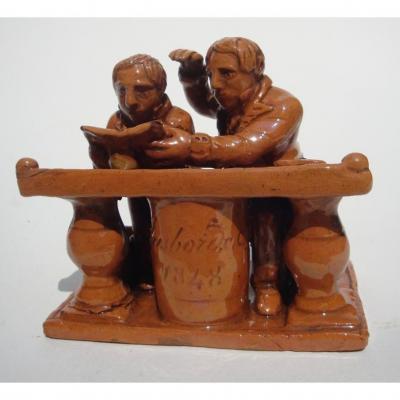
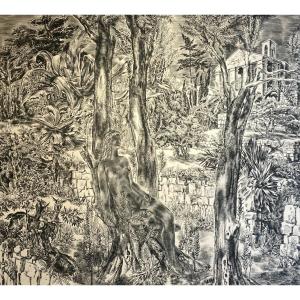
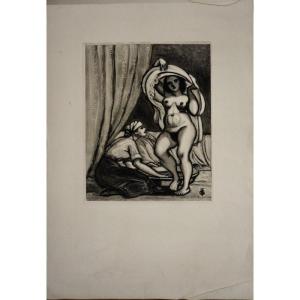
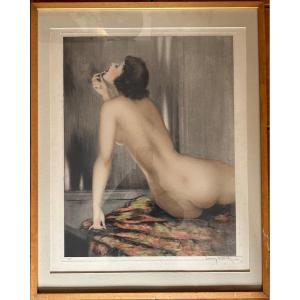





 Le Magazine de PROANTIC
Le Magazine de PROANTIC TRÉSORS Magazine
TRÉSORS Magazine Rivista Artiquariato
Rivista Artiquariato